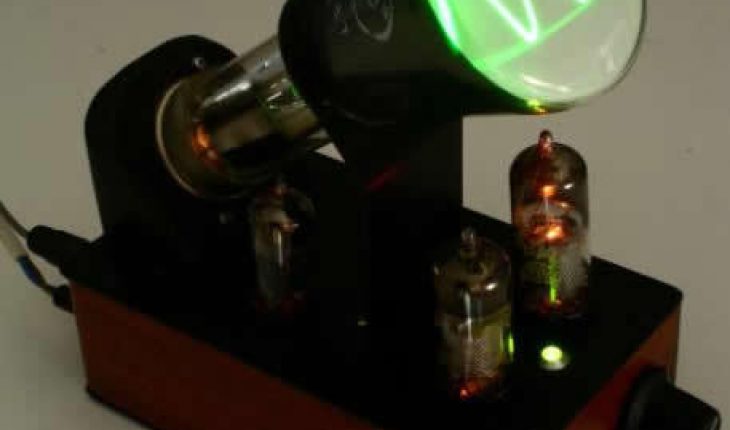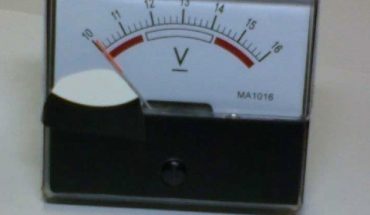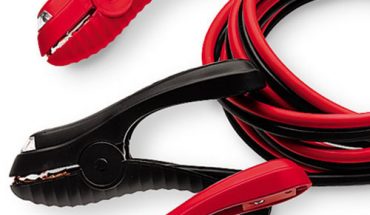Before you start using an oscilloscope, understand that it’s for presenting voltages from a signal. In some cases it can be used to show qualities convertible to a voltage.
How to Operate an Oscilloscope
Join the lead from the electrical source to the oscilloscope’s input terminals. If there are several input terminals, link the signal to channel 1. Turn on the oscilloscope.
Select the appropriate scale. The scale is represented by the horizontal length on the device. For 1000 Hz, the signal will repeat a thousand times per second. If you want to see the entire cycle signal, configure the oscilloscope so millisecond data is shown.
Choosing the Range
To begin using an oscilloscope, pick the range that corresponds to your input signal. Bear in mind that the range refers to the minimum and maximum voltages the apparatus can show. Assuming the input signal hovers between +1 and – 1 volts, the range should be set at 1 volt.
Setting the Threshold
For the oscilloscope to work, the receiving signal should be greater than the threshold. If the signal is -1 volt, place the threshold trigger to ½ volt at channel 1.
Monitoring the Signal
You’ll see a dot on the device moving up and down. The signal’s height determines the voltage’s range. The time needed to repeat the signal is also its frequency.
Bandwidth Specifications
Before buying and using an oscilloscope, you must understand something about the bandwidth specification. It refers to the frequency of -3 dB point of a sine wave. This refers to amplitude.
If the sine wave frequency goes up, the measured amplitude goes down. The frequency where the amplitude is -3 dB lower is the oscilloscope’s bandwidth.
In other words, a 10 MHz oscilloscope will gauge a 1Vpp (sine wave 100 MHz) at 0.7 Vpp. This produces an error of 30%. To avoid problems, get an oscilloscope of 300 MHz if you want to measure 100 MHz. If the MHz is 300, using an oscilloscope of 500 MHz is recommended.
Square and Sine Waves
Sine waves today have elements of square waves too. For example a 10 MHz square wave is created by putting on a 10 MHz sine wave, a 30 MHz, 50 MHz sine wave etc. For square waves, the bandwidth needs to be the 9th harmonic at least.
If your concerns are square wave rise and falls, keep these in mind. For bandwidths above 2.5 GHz, it’s 0.40/BW. If it’s over 8 GHz, try 0.42/BW. Another thing to look for is the repetition rate. As a rule, get the scope with the highest repetition rate you can afford.
You’ll also need to assess the memory needs. This will have an effect on how the scope is used. At 5Gsa/s the sample is 200ps. The sample speed is also crucial. For channels, you can choose from 2 channels or 4 channels. Scopes over 1 GHz have 4 channels.
As you can see, there are a lot of things to consider before using an oscilloscope. Go over all the pertinent facts so you can make the right decisions.





